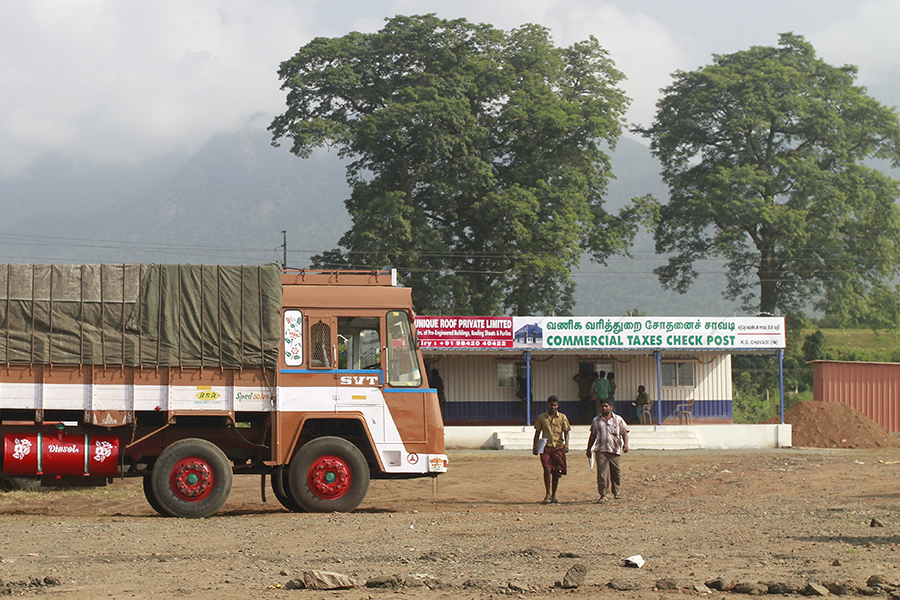
Will GST be inflationary?
No, asserts a confident Modi government but the industry is keeping its fingers crossed
 Image: Sivaram V/ Reuters (For illustrative purposes only)
Image: Sivaram V/ Reuters (For illustrative purposes only)As the Goods and Services Tax (GST), by far India’s biggest indirect tax reform, inches towards becoming a reality, the focus is on the rates of taxes and their potential effect on the economy. The fear is that the rates could fuel inflation but the government is confident that they won’t. In fact, Revenue Secretary Hasmukh Adhia has said that the consumer price inflation will come down by 2 percent by the end of this financial year. However, not everyone is convinced.
“Services account for a large share of the economy. The average burden of service tax has risen to 18 percent from the current 15 percent levels. This will fuel inflation,” says Ajit Ranade, chief economist, Aditya Birla Group. Also, the earlier plan of keeping only minimal items in the 28 percent tax bracket has not fructified. “Today there are considerable items in this bracket,” says Ranade. “I hope the inflationary impact will be short term.”
Deloitte’s senior director MS Mani believes it will. “The GST rates have been prescribed on the basis of two principles: Equity, GST rates have been kept close to existing rates of excise duty and state-level VAT; and consumption, products of mass consumption has been exempted while those consumed by rich people charged at 28 percent,” says Mani. “This should keep inflation under check. Even if it increases, it will be short-term and temporary.” His confidence stems from the better flow of input credit that is expected as GST is systems-driven. Mani believes this will negate the effect of higher rates especially in the case of services.
The other subject of discussion is the much anticipated GST boost to the economy which is far from the double digit rate of GDP growth needed to make the country prosperous. When envisaged, GST was a ‘one country, one tax’ format which was expected to give a sharp fillip to economic growth thanks to lower rates, efficiency of taxation and, as a result, better compliance. But the final product is a different animal altogether. “In countries like Singapore or Japan where GST has been effective, they typically have just three rates – a standard rate, a concessional rate and a penal rate. Here we have five different rates plus multiple cesses,” points out Ranade. “Multiplicity of rates and classifications leave scope for discretion and corruption.” It also suppresses the extent of economic boost. He expects to see positive impact not before a couple of years. Mani, however, anticipates a quicker impact. “It will happen one or two quarters after the rollout,” he says.
The rollout now appears certain on July 1 but for any unforeseen development. “The government is ready and so are the large businesses. Mid-size companies are getting ready. There is still a month for the businesses to be prepared,” says Mani. Smooth seamless transition is what everyone is hoping for. GST is a technology-enabled system and people may take a while to adjust to it but experts are confident that things will settle down in a quarter or so. “It is not too complex,” they say. The Modi government will be hoping that it is indeed the case.
(This story appears in the 23 June, 2017 issue of Forbes India. To visit our Archives, click here.)
Post Your Comment














